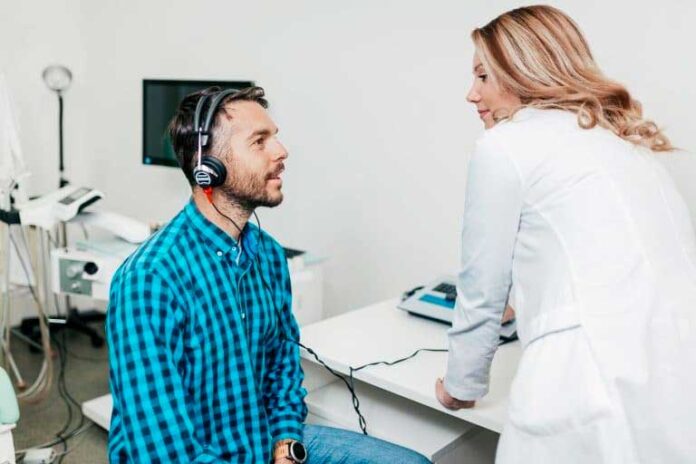Hearing loss often develops gradually over many years. As it worsens slowly, many people do not realize they have hearing difficulties. Regular hearing tests can catch problems early. Rapid treatment helps prevent the loss from worsening.
Why Early Detection is Important
Early detection and treatment of hearing loss benefits in children include higher academic performance, better psychosocial well-being, and reduced need for speech therapy. Early detection of hearing loss is also beneficial for adults. Many adults experience gradual hearing loss as they age. Others are exposed to loud noise through work, music, or military experience. Get hearing tests done regularly to catch any changes early. Unfortunately, many adults ignore subtle signs of hearing loss like asking people to repeat themselves more often, letting conversations drift because they cannot follow them, or turning up the TV volume. Getting hearing tested after noticing such symptoms can lead to earlier use of hearing aids or other interventions.
Using hearing aids early on prevents withdrawals from social situations due to hearing difficulties. This subsequently improves quality of life and reduces cognitive decline associated with social isolation. Early adoption of hearing aids also enables better work performance and lets users adjust more easily rather than waiting until hearing loss severely impacts communication. Like children, early detection in adults allows for earlier interventions, improving social, psycho-emotional, and occupational well-being. Every person should schedule a hearing test today if they haven’t had one recently.
Recommendations for Hearing Tests
Health professionals recommend adults get a hearing test every three years up to age 50, then every two years after this. Those with high risks due to noise exposure, medications, or family history should be tested annually.
The ideal baseline is getting your hearing tested in your 20s. This establishes normal hearing levels for you. Subsequent changes year to year reveal early shifts signaling possible loss.
Children should receive hearing tests before starting school, around ages four to six when language skills develop. Regular testing continues until adulthood to catch issues that impact language and reading competency. The tests should continue throughout life to catch problems early.
Types of Hearing Tests
An otoscopic exam allows visualization of the ear canal and eardrum using an otoscope. It can provide clues about potential hearing loss. During an exam, the doctor looks for abnormalities in the outer ear, ear canal, and eardrum that may contribute to or help explain hearing difficulties. Signs of injury, infection, obstruction, or perforation of the eardrum can indicate conductive hearing loss. An otoscope may also detect fluid behind the eardrum, known as otitis media with effusion, which can dampen sound transmission.
Next is usually a tympanometry test. This analyzes eardrum flexibility and middle ear pressure by varying air pressure changes inside the ear. It reveals fluid accumulation, infections, holes, or poor eustachian tube function.
Finally, audiometry testing measures your hearing sensitivity across pitches and volume levels. The most common tests use headphones playing tones to map air and bone conduction thresholds. Results pinpoint the degree of loss severity and affected frequencies.
The possibility of developing hearing loss rises substantially with age. However, loss can occur earlier too. Following recommendations ensures any changes get detected quickly so you can take action before loss worsens. Contact your doctor today about scheduling a checkup for your hearing. Consistent testing is key for preservation.

















